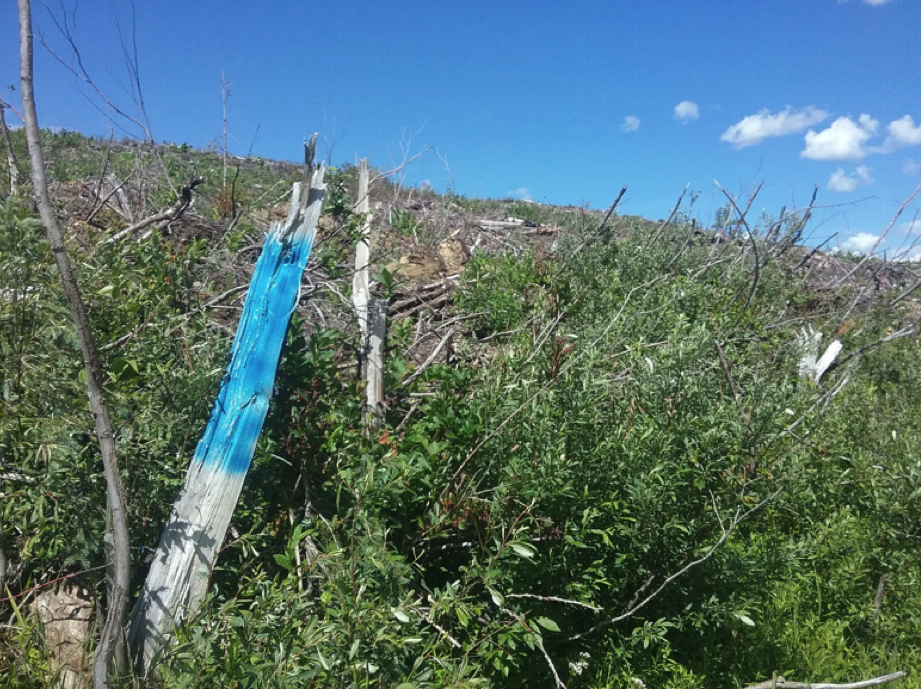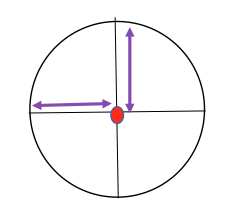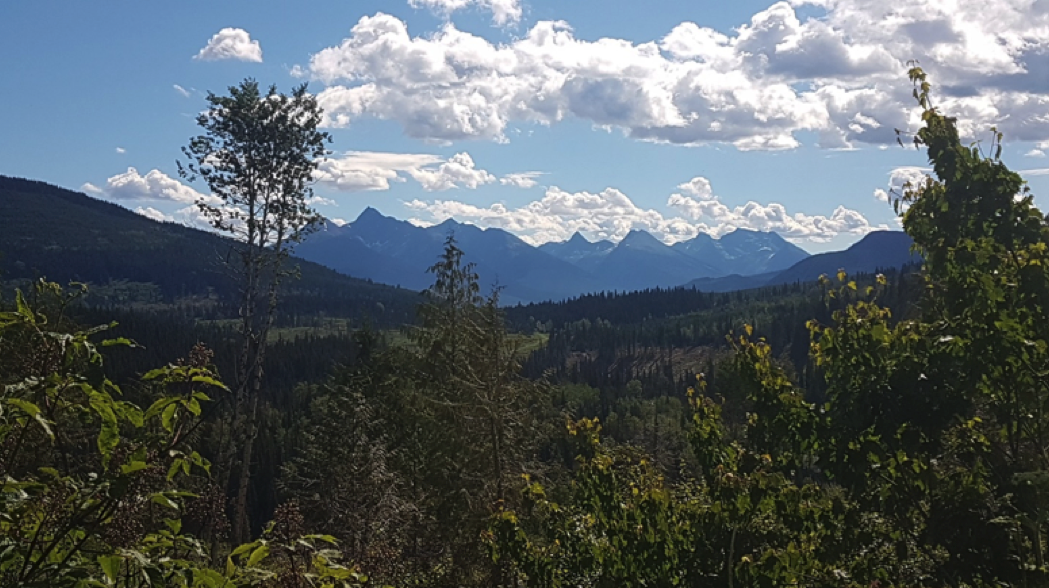Blog #3 – Kayla Brock
July 17, 2018 9:24 am 2 Comments
Hello all, and welcome to the third round of blog entries! For those of you who didn’t see, us Quesnel bloggers (Matthew, Alex and I) got interviewed for the local newspaper. If you didn’t see it afloat throughout Facebook (or you aren’t my grandparents who thought they needed eight billion copies), here is the link: https://www.quesnelobserver.com/community/forestry-summer-students-blog-about-quesnel-industry/
At the end of June, we hired a new silviculture student (Hi, Mike!), whom I’ve had the pleasure of working with for the last week. This is Mike’s first time working in forestry, so answering his questions really shows me how much I’ve learned. I put myself in his shoes and remember how I felt at the beginning of the summer, and I’ve realized I’ve come a long way since May. But I’ll stop bragging now.
Since 2016, the Quesnel Woods Department (particularly Rob Cochrane) has been working on a research project that has been passed down to me for a graduating essay (this is required to graduate from university this upcoming April). Each year, new blocks are chosen for the study. This year, there were about twenty new blocks to be established, as well as a reassessment for the previous two years’ blocks. Our project closely resembles the work associated with our regeneration plots (I did these for my first month and a half of my summer). The previous years’ surveyors count how many trees they find within the plot, and assign various codes to them (healthy, dead, dead top, etc.), and we go out and see if those trees have survived through the winter or not. Sometimes, we will notice that a tree can go from being perfectly healthy in one year, to dying in the next. It’s our job to document that, and perhaps come up with some reasoning as to what caused this.
In the newly established blocks (they’ve only been planted this spring), it is our job to create a POC (Point of Commencement) by spray painting a stump/rock bright blue (this helps next years surveyors easily find the line) and coordinate five stakes evenly spaced at 10m apart. Each stake represents a plot, and from there, we count the trees within a 3.99 m (~13ft) radius of each stake. **Note: Due to some smart people math stuff, 3.99 m is what we use in silviculture to represent a hectare**. I’ve designed a rough drawing to give a better idea, but sorry if I made it worse to understand!

This is a photo of a POC. Generally, you can see the stakes running down a line, but they’re not visible in this photo.
This project is only two years old, so it will be very cool to see the outcome in more years to come. I’m not sure how much information I can provide about this, but if you have any questions, feel free to ask me in person and I will try my best to answer and clarify J
Despite the projects’ thousand-pound binder (ok, that’s an exaggeration; it’s probably more like two pounds) filled with folders, maps and drawings, I got to see some new FSR’s that I hadn’t been down yet. Typically, we work around the 1300 FSR (Swift River Road as Quesnel residents call it) and the 2400 Rd (AKA Ketchum Creek), but this week, I’ve been up the 3100 FSR (located just outside of Wells, BC) and the 400Rd (located just outside of Hixon). Amongst our 3100 Rd journey, we noticed some beautiful mountains. Pardon my geographical ignorance, but I’m thinking these COULD be the Rocky Mountains, but please, if I’m wrong, do let me know!
I’ve been enjoying taking over this project for the summer. There is a LOT of data to be responsible for. As I mentioned in a previous blog, I would literally forget my head if it weren’t attached to my body, so carrying these folders around in 1.5m tall fireweed is very stressful. But, it’s day 6 of the project, and I’ve only lost a few pencils and some highlighters. I’d say that’s pretty darn good!
I’m relieved West Fraser could help me find a topic for my graduating essay. I was having a very hard time thinking of something by myself. I thought this summer would be a prime start to it.
Anyway all, it’s 9:23 pm (precisely 23 minutes past my bedtime), so I am going to call it a night! My next blog will focus on tourism I think! I’ve been finding some cool scenic places, and some awesome places to eat.
Thanks for the read,
Kayla



2 Comments
Another very interesting blog Kayla…..and the pictures are beautiful. Oh…..and by the way…Gramma and Grampa only got 7 billion copies. Good guess though.
Great update Kayla, and its a perfect subject for your essay.